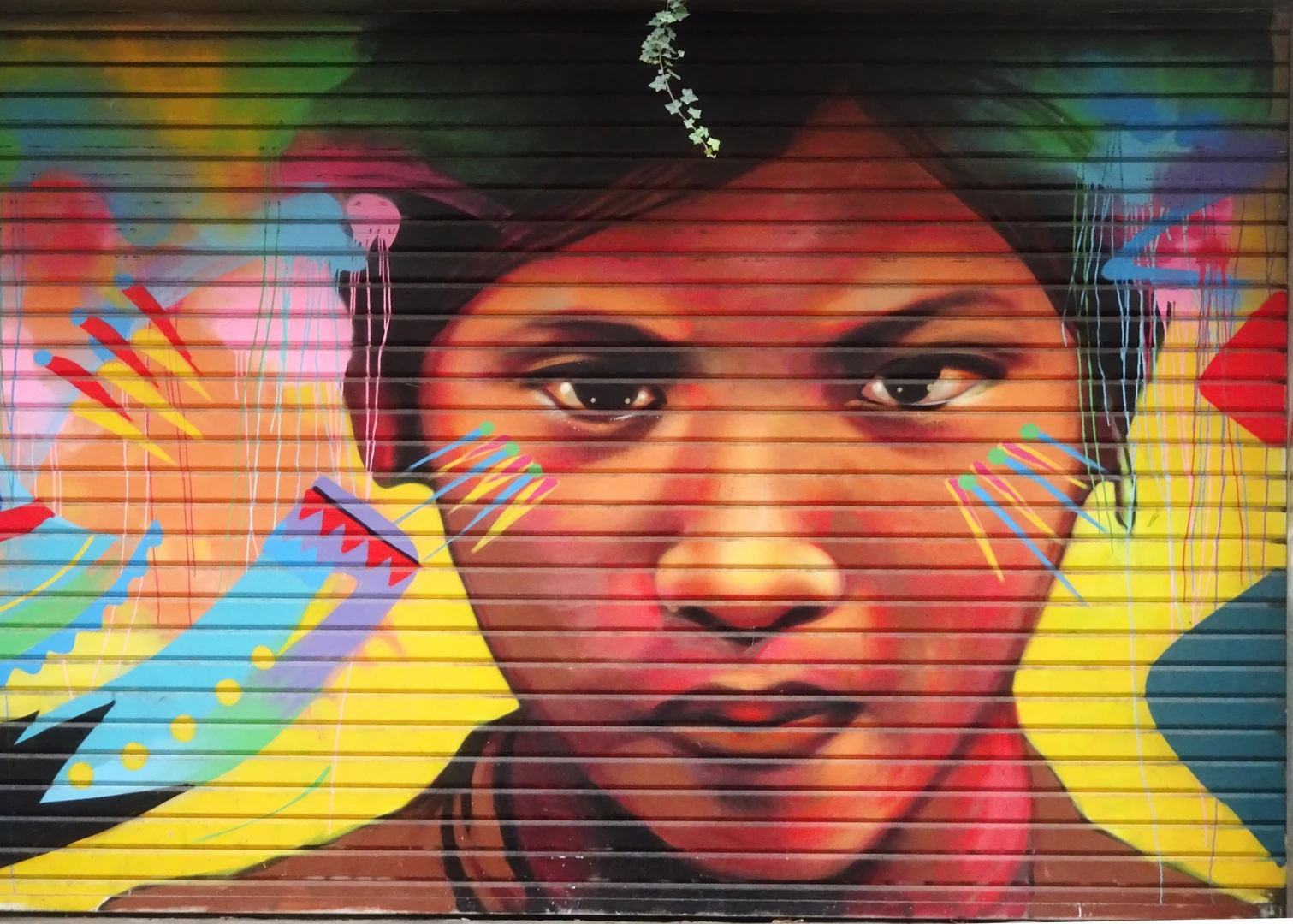Opening: Thu, November 27, 2025, 5:00 p.m.
Closing: January 31, 2026
Today, no place on Earth remains untouched by humans. Human-induced change goes far beyond climate change. It affects soils, oceans, plants, animals, and geochemical cycles. In short: we humans have become a decisive geological force.
We now produce effects as powerful as natural forces such as volcanic eruptions or earthquakes. Our actions today will leave traces far into the geological future. This is why scientists speak of a new geological epoch shaped by humans — the Anthropocene. According to current research, this new epoch began in the mid-twentieth century.
In this photographic exhibition, ethnologist and geologist Christoph Antweiler from the Institute for Oriental and Asian Studies (IOA) at our university presents the causes and consequences of this problematic development.
The term Anthropocene captures the multiple crises of our time and the insecurities and fears they bring. Yet, despite its apocalyptic implications, there is also hope. Societies can change fundamentally, and we humans can alter our behavior. The unsettling beauty of the technosphere, which is also explored here, bears witness to this potential.
Humans do not only make history — they make Earth history. Conventional concepts of sustainability are too short-sighted. In five sections, the exhibition explores the tension between despair and hope. It addresses landscape transformation, our patterns of consumption, artificial materials such as plastic, rapid urbanization, and finally graffiti as an artistic response. The photographs focus on Germany and countries in Asia.
